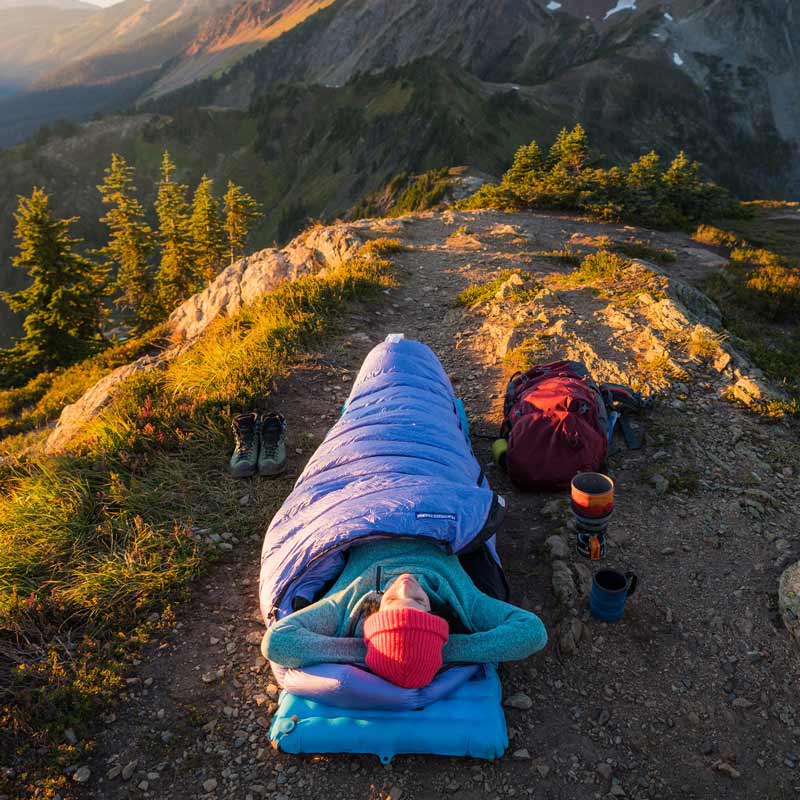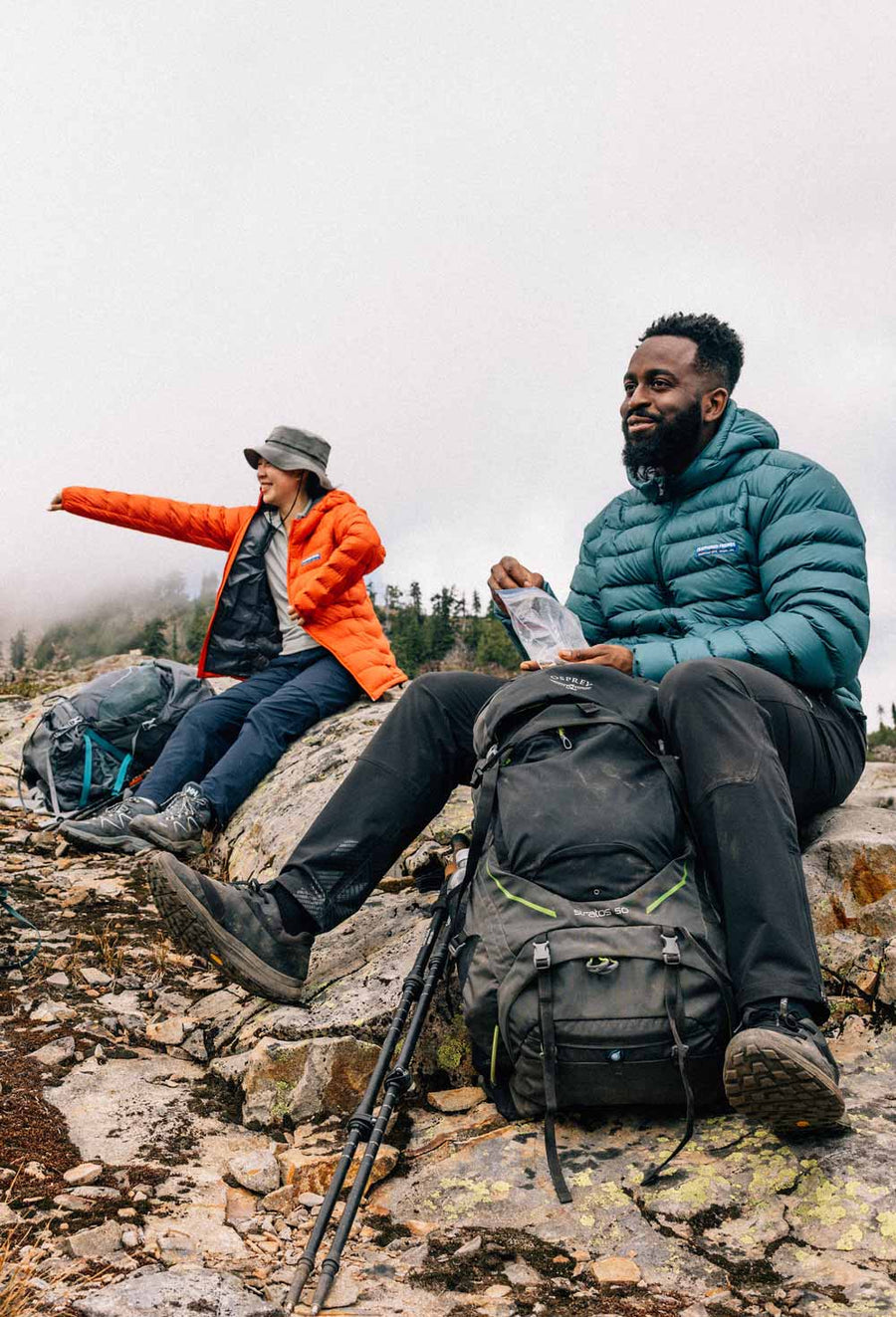In Deep: A Brief Expedition Recap

With a last minute change of plans, alpinists Nick Aiello-Popeo and Justin Guarino embarked last year on an expedition to climb a remote 20,653 foot peak in the Himalaya called Baihali Jot. Words and images by Nick Aiello-Popeo.
Shortly before Justin Guarino and I departed the United States for our first Himalayan expedition, the Indian Mountaineering Foundation (IMF) informed us that, due to recent border disputes, we would not be receiving a permit for the mountain we’d studied for almost a year. Justin and I scrambled to find a replacement peak that lay further from the volatile borders of Pakistan and Tibet and – after scouring the American Alpine Journal and Google Earth – settled on a mountain named Baihali Jot (20,653′, 6,295M). To the best of our knowledge, the northern peak of this mountain had been climbed only once, and the southern summit was unclimbed. The lack of information about the peak was extremely alluring.
On September 14, we heaped two hundred pounds of climbing equipment onto the scales at Boston Logan Airport and settled in for the long flight to New Delhi. To keep costs low, we stayed in the basic accommodations of the IMF’s dormitory in New Delhi. While not the luxury option, this gave us the chance to chat with several Indian mountaineers who were also boarding there. Forgoing the trappings of “adventure tourism” in favor of local food, lodging, and companionship would become an unexpected and enriching theme on the trip. However, the intense smog, heat, and humidity of Delhi was overpowering as we dragged our jet-lagged bodies to a briefing with the head of the IMF. This is where we met our extremely friendly IMF Liaison Officer, Sanjeev.

At 5 o’clock the following morning, we departed New Delhi for the 14-hour drive to the mountain town of Manali, in the state of Himachal Pradesh. Though we had heard that driving could be an exciting affair in India, nothing could prepare us for the NASCAR-like scenes we encountered. But at least in NASCAR, nobody drives in the wrong direction on the racetrack. We were initially relieved when the car began to climb out of the smog-cloaked plains, but quickly realized the sinuous mountain roads were more nauseating than the worst roller coaster. This was a harbinger of roads to come.
From Manali, the outfitter we had hired provided a private van for the two day drive down single-lane, rocky mountain roads to our trailhead. These roads are very primitively blasted from the mountainside by the Indian Army, so that tanks can be driven to the Pakistani border should war break out. The van bounced along violently for two days, with the vertiginous 400-foot drop-off towards a raging river ever-present on our left. Passing another vehicle on this road was always a harrowing affair, necessitating both vehicles come to a near standstill as they inched past each other. Tires would occasionally send bits of gravel for the long drop to the rapids below. We only encountered two landslide-related delays.
After a few nights spent in the small village of Shaor, a dozen extremely tough Nepali porters helped us, Sanjeev, our cook (Thapa) and cook’s assistant (M.D.) haul a month’s worth of supplies on a two-day trek to base camp. We followed ancient shepherds’ paths up a tight river valley past unclimbed 6,000M peaks and glaciers, eventually establishing our base camp at 13,500’ in an idyllic meadow next to an azure glacial pond. When the porters returned to town, the five of us were alone in a quiet corner of the Himalaya, cut off from the outside world.

For the next few weeks, Justin and I adjusted to the high altitude by establishing an acclimatization camp at 16,000′, with periods of rest at base camp. We then climbed to 19,000′ on a moderately-technical ice route we called the Northwest Rib, which may have been climbed by a Japanese team en route to the northern summit fifteen years ago. We retreated from 19,000 to our acclimatization camp with nearly twenty V-thread rappels and much down-climbing.

After several days of recovery at base camp, Justin and I attempted the unclimbed south summit via a new route we called the West Pillar. We left base camp at ten PM so that we would begin the glacier crossing at midnight, when the moon rose above the mountain. By five AM, we were at the base of the face, at just under 16,000-feet. We simul-soloed the initial 50-degree curving ice couloir, which we dubbed “the sickle”. Higher, we roped up for a 150-meter traverse into a narrow slot, 120-meters in length, that cut through a rock barrier and accessed a huge icefield. We then simul-climbed for many rope lengths up this 65-degree ice face, which we called the Pizza Slice Icefield for its resemblance to the food we so craved.

By mid-afternoon, at an altitude of about 18,200′, we searched for a place to put up the tent. We tried to chop a ledge into several spots in the slope, only to strike rock beneath the thin ice. The extremely granular snow was not cohesive enough to form a platform, either. In mild desperation, we began to hack rocks out of the ice to build an “alpine retaining wall.” The work was extremely laborious at the high altitude, but after a couple of hours, we had backfilled the wall with snow and created a 2-foot by 4-foot platform. This was enough for us to lay in our Spoonbill two-person sleeping bag. We crammed into Justin’s tiny bivy tent, with our air mattresses and the tent body acting like a hammock for our legs, which dangled over space. Needless to say, we slept tied in tightly to the anchor.
The next day dawned cold and clear, and we found the most enjoyable high-altitude alpine climbing of our lives. The route continued to be technical but not extreme, with the 70-degree ice faces now being broken by vertical ice steps. These vertical sections, being at over 19,000′, were very taxing. After climbing another narrow ice couloir and popping out on top of the West Pillar itself, we faced our most feared challenge: a rock wall that guarded the final summit icefields. I started up this pitch without knowing where I would go, but believing that I had the experience and skill to either climb it safely, or retreat before it was too late. Vertical, bulletproof ice at about 20,000-feet had my calves screaming within the first few moves of the pitch. Above, blocky rocks frozen solidly into ice were negotiated with a combination of drytooling techniques and grabbing the rock directly with gloved hands.

The crux rock corner of the pitch, which I dubbed “Katrina’s Corner,” would be rated M4/5 at sea level. Though I have climbed many pitches of M5 at lower altitudes, at 6,000-meters the climbing felt extremely intense. Constant panting in the icy air was not enough to keep calves and forearms from burning with exertion. I had only been able to place a single piece of protection on the pitch when I launched up the corner. After a couple body lengths of strenuous lay-backing and torqueing with my ice tools, I was pleading with the rock to reveal a place for a nut or piton. With some excavation, I discovered a 1/4″-wide crack at chest height. With measured breathing, I carefully slotted a small nut into the fissure, quickly clipping it to my twin 7mm ropes with a carabiner. The relief of having a piece of solid protection washed over me like a cool wave in summertime. With renewed confidence, I grunted my way through a few more difficult moves before wallowing onto the lower-angle ice above. I was ecstatic to be over the rock barrier and on the summit ice field.
The sense of relief was tempered, however, when I looked down at my harness. The carabiner that attached the crucial nut to the rope had become snagged on my tie-in knot, resulting in me unintentionally dislodging this piece of protection as I climbed through the exit moves of the crux pitch.
A rope length higher, the sun hung low in the sky as clouds swirled around us. We were both feeling worked, and Justin’s calves were painfully fatigued from the technical climbing at such an altitude. We jointly decided that the prudent move was to descend. Just a few hundred vertical feet from the summit, we drilled the first of almost 25 V-threads into the ice, threaded our ropes through the holes, and began to rappel.
The following day, we staggered exhausted into base camp. After a day of rest, we willed ourselves to march back to the road to try to call home. Because archaic Indian laws forbid the use of satellite communication devices, we had not talked to anyone else for nearly a month. Thus, we began an epic journey home, which included a 14-hour public bus ride on the insane mountain roads. Before returning to the metropolis of Delhi, we were lucky enough to be invited to the home of our LO, Sanjeev, where we enjoyed lunch with his wife and adorable daughter. Despite the crazy travel, the enjoyable climbing, and the social media spraying, it’s the simple moments that we will remember most.
________________________________________________
Nick Aiello-Popeo is a climber based in Conway, New Hampshire. He makes a living as a mountain guide.








Leave a comment